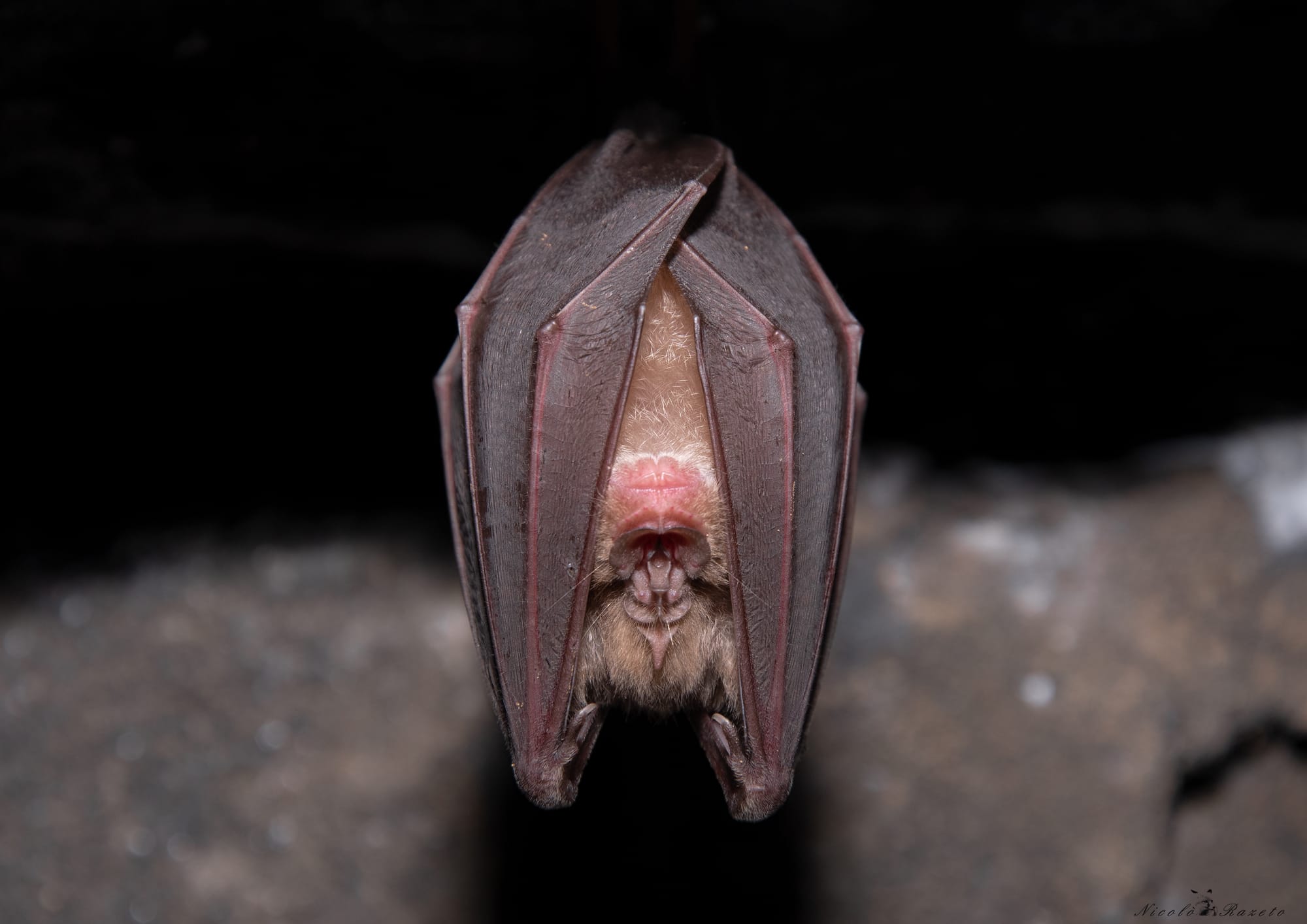From cobras to seahorses, when popular belief threatens animals
The warning from WWF and CICAP (Italian Committee for the Control of Claims on Pseudoscience) on the eve of March 3, which marks World Wildlife Day

There is the famous rhino horn, still sought after-especially in Vietnam-for alleged medicinal use. And there are bones and skins of the tiger, the powder of the dried seahorse, even the bile of moon bears, the genitals of hyenas (from which what is passed off as a love potion is made) and the extract of the glands of the musk deer. To say nothing of the Indian belief of nagamani: this is a stone that would be found in the head of some snakes(cobras first and foremost): there would be obtained, hear hear, a talisman capable of curing poisoning, driving away evil spirits, or changing color in the presence of a poison.
What price do nature and animals pay to our superstitions? A very high price. Ancient practices that endure the times of globalization, especially in traditional Eastern medicine, and that could cost many species extinction: the tiger, for example, considered threatened by the IUCN Red List, or the African wild donkey, whose number of individuals potentially able to reproduce is estimated at between 20 and 200. And again: the black rhinoceros, just over 5,000 specimens.
And Italy - hear hear - is not entirely immune to apotropaic rituals of yesteryear that threaten animals: in some regions, wine mixed with eel blood (a critically endangered species) is considered a remedy against drunkenness and alcoholism. To say nothing of the honey buzzard, decimated for decades on the Strait of Messina to 'shelter men' from marital infidelity, and still threatened today, especially during migration.

The alarm of WWF AND CICAP
An alarm sounded by WWF and CICAP (Italian Committee for the Control of Claims on Pseudoscience) on the eve of March 3 - the day on which World Wildlife Day falls -, promoted internationally by the United Nations to celebrate the planet's wildlife and raise awareness of their fundamental role in our survival. Hence the release of the astonishing report entitled "Bad luck is to make them extinct" produced for GAS - Anti Superstition Day, which will fall on Friday, May 17, which describes the threats linked to traditions and superstitions many of them very ancient, sometimes appearing even in medieval bestiaries or Renaissance treatises on natural philosophy. "The loss of animal species," WWF denounces, "translates into damage not only to biodiversity but also to the human species since many of them play a fundamental role on the balance of the habitats in which they live, on climate regulation, and on food production.
Unlucky to whom?
Anthropologically interesting is the chapter devoted to animals considered 'unlucky' according to once widespread beliefs: owls and black cats, for example, but generally all nocturnal birds. "Recent studies have unveiled similar beliefs in Madagascar in the case of the aye-aye, a nocturnal primate (a lemur, ed.) equipped with a middle finger longer than the others, which it uses to hunt for larvae and insects. In many parts of the African island, its presence is seen as an omen of death or disease; some peoples even believe that the aye-aye can kill whoever it wants simply by pointing its finger at the unfortunate person. If spotted, specific rituals are performed in many villages to counter it, but too many believe that the only way to prevent the 'curse' is to kill the aye-aye by displaying it on a pole along the roadside. The aye-aye has been listed as one of the 25 most endangered primate species."






